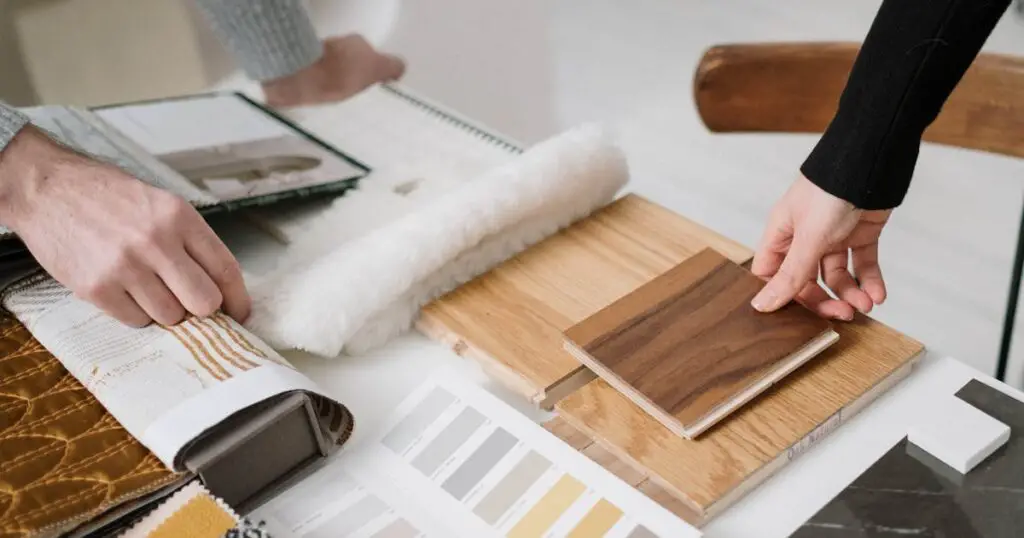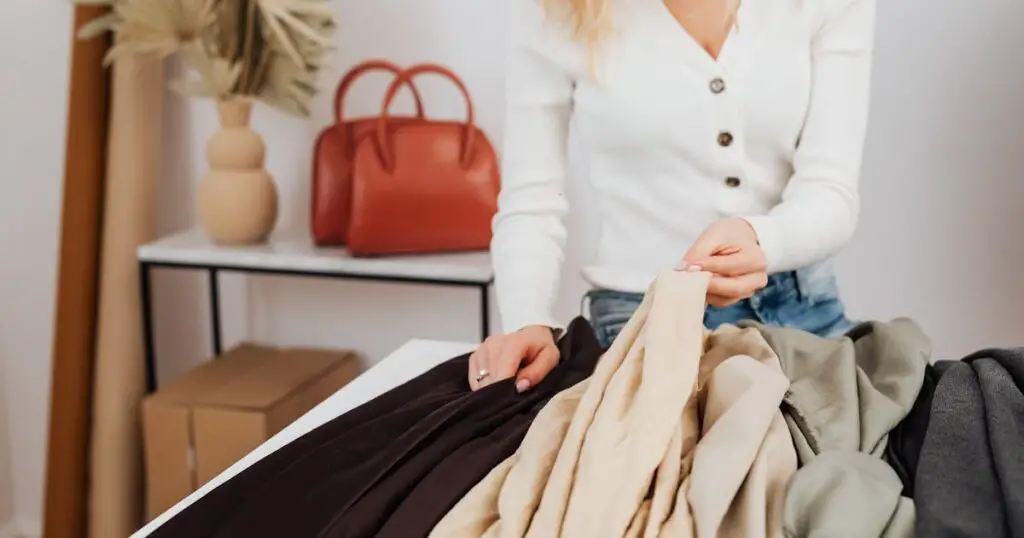Key Takeaway: Understanding the distinction between textiles and fabrics is crucial: all fabrics are textiles, but not all textiles are fabrics. Textiles encompass a wide range of materials created through various processes, while fabrics are the finished materials ready for consumer use. This knowledge enriches our appreciation for the textile industry's vastness and versatility.

Textiles and fabrics are two terms that are often used interchangeably, but they actually refer to different things. While both are related to materials used in the production of clothing, home goods, and other products, there are distinct differences between the two.
What is the Definition of Textile?
A textile refers to any material composed of interwoven fibers, encompassing a broad range of both natural and synthetic fibers.
Examples of natural fibers include cotton, known for its breathability and durability and its luxurious sheen and softness; wool, prized for its warmth and moisture-wicking properties; and linen, celebrated for its lightweight and cool feel. On the synthetic side, polyester, nylon, and acrylic materials offer durability and resistance to wrinkles and shrinkage.
Textiles are incredibly versatile and find applications across various domains: from clothing and accessories, which cater to both fashion and functional needs, to home goods like towels that enhance our daily routines and bedding that adds comfort to our lives.
In the industrial sector, specialized textiles are developed for use in filters that purify air and liquids, as well as insulation materials that help in energy conservation and temperature regulation.
The world of textiles is vast and varied, touching every aspect of our lives with materials that range from the most delicate silks to the sturdiest technical fabrics.
What is a Textile Fibre?
A textile fiber is the basic building block of a textile. It is a long, thin strand that can be spun into yarn and then woven or knitted to create textiles. Some examples of textile fibers are:
- Cotton: A plant-based fiber that is soft and breathable.
- Silk: Made from the cocoons of silkworms, this luxurious fiber is known for its smooth texture.
- Wool: Usually obtained from sheep, this fiber is warm and water-resistant.
- Linen: Derived from the flax plant, linen is known for its strength and durability.
- Polyester: A synthetic fiber that is often used in a blend with natural fibers to add strength and wrinkle resistance.

Different types of textile fibers have different properties, making them suitable for specific uses. For example, cotton is commonly used in clothing due to its softness and breathability, while wool is preferred for winter wear due to its warmth.
The Specialised Use of Textiles
Humans have used textiles for thousands of years, and their usage has evolved over time. In ancient civilizations, textiles were mainly used for clothing and household goods. However, with advancements in technology, the use of textiles has expanded to various specialized industries such as:
- Medical: Textiles are used in medical products like bandages, surgical gowns, and masks due to their softness and sterilization ability.
- Automotive: Synthetic fiber fabrics are used to produce car seats, carpets, and other interior components.
- Aerospace: High-performance fabrics are used to construct aircraft interiors and protective gear for astronauts.
- Sports: Athletic wear is often made from moisture-wicking fabrics that are lightweight and comfortable.
Additionally, textiles are used in various forms for interior design, fashion, and even art installations. They have become an integral part of our daily lives without us even realizing it.
Classifying Textile Fibers
Textiles can be classified into two main categories – natural and synthetic fibers. Natural fibers are obtained from plants or animals, while synthetic fibers are made from chemical processes. Natural fibers have been used for centuries, while synthetic fibers have gained popularity recently due to their durability and versatility.

Some common examples of natural fibers include cotton, wool, silk, linen, and hemp. These fibers are renewable, biodegradable, and have less environmental impact than synthetic fibers. However, they are also more expensive and may require special care.
Conversely, synthetic fibers such as polyester, nylon, and acrylic are cheaper and easier to produce in large quantities. They can also mimic natural fibers’ properties, offering added benefits like wrinkle resistance and color fastness. However, synthetic fibers are not biodegradable and can significantly impact the environment.
Textile vs. Fabric
Now that we understand the difference between textile and fiber, let’s explore how fabric fits into this discussion. Simply put, the fabric is a finished product made from textiles. It is created by weaving or knitting textile fibers to form a cloth. Fabric is what we see and touch daily, while textiles are the raw materials used to make it.
While all fabrics are textiles, not all textiles are fabric, this means that even non-woven materials like felt or lace can be considered textiles but not fabrics. However, due to their close relationship, both terms are often used interchangeably in everyday language.
FAQs
In this section, we will be delving into some of the most common inquiries and curiosities that surround our topic.
Is there a difference between fabric and textile?
Yes, while both terms are related to materials used in the production of clothing and other products, textiles refer to raw materials like fibers, while fabric is the finished product made from weaving or knitting these fibers together.
What are some common natural fibers used in textiles?
Some examples of natural fibers include cotton, silk, wool, linen, and hemp.
Are synthetic fibers harmful to the environment?
Yes, some synthetic fibers can negatively impact the environment due to their non-biodegradability and production processes. However, technological advancements are being made to create more sustainable and eco-friendly synthetic fibers.
What are some specialized uses of textiles?
Textiles are used in various medical, automotive, aerospace, and sports industries. They are also commonly used in interior design and fashion. So, it can be concluded that textiles and fabrics significantly impact our daily lives and are essential for producing various goods and products. Understanding the difference between these two terms helps us appreciate the complexity
Conclusion: Difference between Textiles and Fabrics
In conclusion, the world of textiles is vast and complex, encompassing everything from the raw fibers that make up our clothing, household items, and industrial products, to the finished fabrics we interact with daily. The distinction between textile fibers, fabrics, and textiles themselves highlights the nuanced stages of production, each contributing to the final product’s functionality, aesthetics, and sustainability.
As we move forward, understanding the properties of both natural and synthetic fibers becomes paramount, not just for the sake of fashion and practicality, but also for environmental conservation and innovation in sustainable materials. The versatility and specialized use of textiles across industries underscore their essential role in contemporary life, shaping how we live and the future of material science and design.



Leave a Comment
You must be logged in to post a comment.